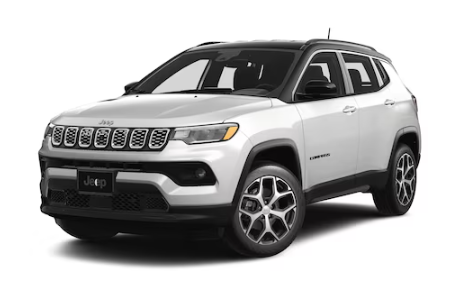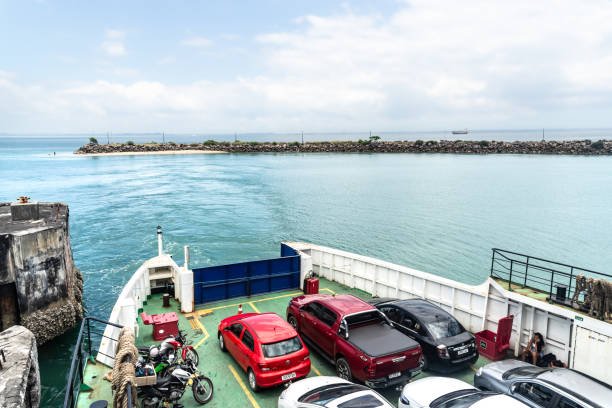A Comprehensive Guide to Vehicle Shipping Expenses
Moving a vehicle from one location to another involves various considerations, and one of the primary concerns for individuals and businesses alike is understanding the expenses associated with vehicle shipping. In this comprehensive guide, we break down the key factors influencing vehicle shipping costs, providing valuable insights to help you navigate the complexities of this process.
1. Distance and Location: Local vs. Long-Distance Shipping
A. Local Vehicle Shipping Costs
Local vehicle shipping is typically more cost-effective than long-distance transport. The proximity of the destination plays a significant role in determining the overall cost. Shorter distances often result in lower shipping expenses.
B. Long-Distance and Cross-Country Rates
The distance your vehicle needs to travel is a crucial factor in pricing. Long-distance and cross-country shipping involve more resources, fuel, and time, contributing to a higher overall expense. Understanding the impact of distance is essential for accurate cost estimates.
2. Vehicle Size and Weight: Compact vs. Oversized Vehicles
A. Compact Vehicle Shipping Costs
Smaller and lighter vehicles, such as compact cars and motorcycles, are generally less expensive to ship. Their size and weight make them a more cost-effective option as they take up less space on the transport carrier.
B. Oversized Vehicle Considerations
Larger vehicles, including SUVs, trucks, or specialty vehicles, incur higher shipping costs due to their size and weight. Transporting oversized vehicles requires more resources, impacting the overall expense.
3. Shipping Method: Open vs. Enclosed Carriers
A. Open Carrier Costs
Opting for an open carrier is a more budget-friendly choice. While it exposes vehicles to the elements, open carriers are a common and cost-effective method for shipping standard vehicles.
B. Enclosed Carrier Expenses
Choosing an enclosed carrier provides additional protection but comes at a higher cost. Enclosed carriers shield vehicles from weather, road debris, and potential damage, making them suitable for luxury or classic cars that require extra care during transport. Requesting an enclosed auto transport quote ensures accurate pricing for this premium service.
4. Timeframe: Standard vs. Expedited Shipping
A. Standard Shipping Rates
Standard shipping services are more affordable but often come with longer delivery windows. If time is not a critical factor, opting for standard shipping can help reduce overall costs.
B. Expedited Shipping Costs
Expedited shipping services offer quicker delivery but at a premium cost. If you need your vehicle to reach its destination promptly, be prepared to pay extra for the expedited service.
5. Seasonal Variations: Peak vs. Off-Peak Times
A. Off-Peak Shipping Rates
Choosing to ship your vehicle during off-peak seasons can result in lower costs. Demand for vehicle shipping tends to fluctuate, with prices often decreasing during slower periods.
B. Peak Shipping Expenses
During peak seasons, such as summer when many people move, prices may rise due to increased demand. Planning your vehicle shipment during off-peak times can help you secure more affordable rates.
6. Additional Services: Door-to-Door vs. Terminal Shipping
A. Door-to-Door Convenience
Opting for door-to-door service adds convenience but may come with a higher price tag. This service involves the carrier picking up and delivering your vehicle directly to and from your specified locations.
B. Terminal Shipping Savings
Choosing terminal shipping, where you drop off and pick up your vehicle at designated terminals, can be a more budget-friendly option. While it requires more effort on your part, it often results in cost savings.
7. Insurance Coverage: Ensuring Protection during Transport
A. Basic Insurance Included
Most vehicle shipping services include basic insurance coverage. Understanding the included coverage is essential, as it varies among providers. Additional insurance may be available for a higher premium.
B. Optional Insurance Upgrades
Considering optional insurance upgrades is crucial for protecting your vehicle during transport. While it adds to the overall cost, it provides peace of mind and financial protection in case of unforeseen events.
Conclusion
Navigating vehicle shipping expenses requires a comprehensive understanding of the factors that influence costs. By considering distance, vehicle size, shipping method, timeframe, seasonal variations, additional services, and insurance coverage, you can make informed decisions and ensure a smooth and cost-effective transport of your vehicle to its new destination.







